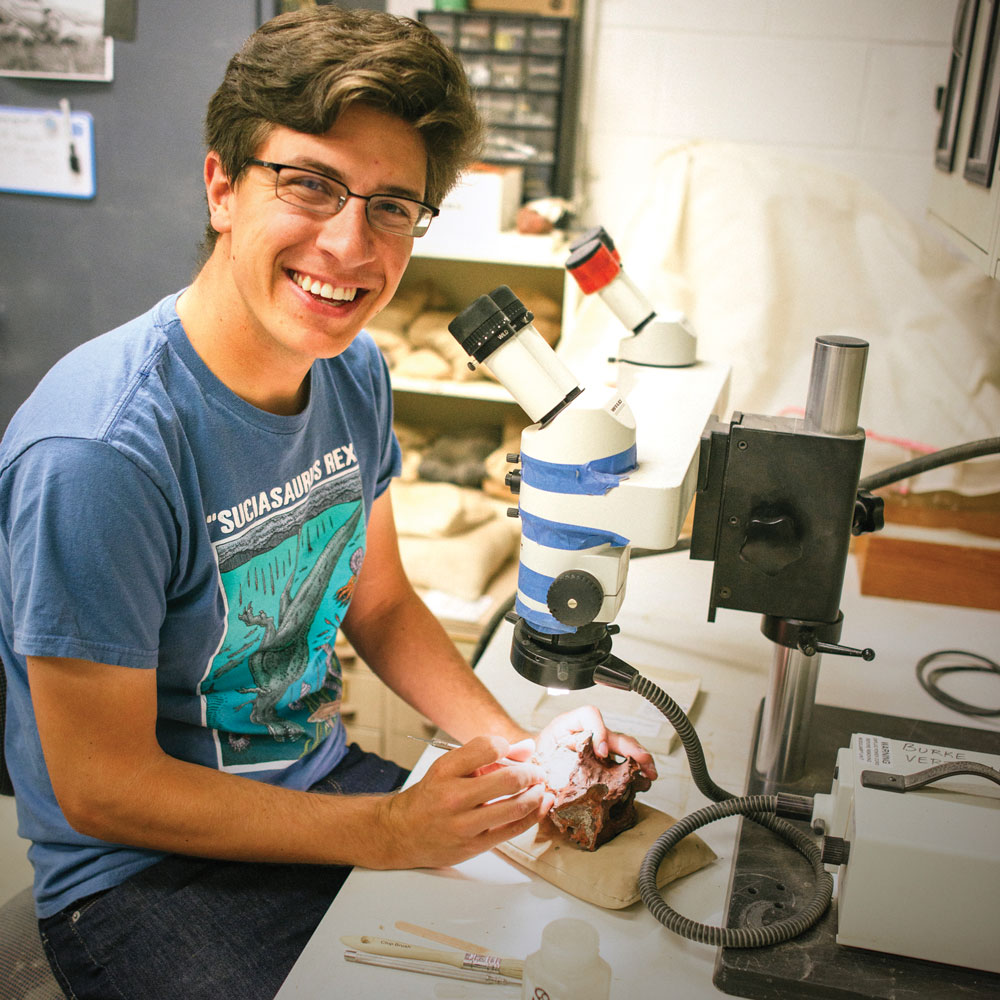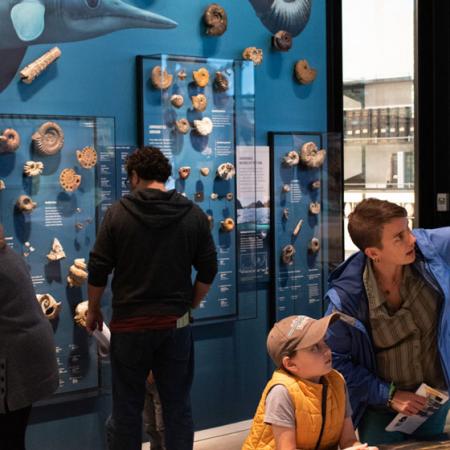
"A lot of features that were scientifically helpful to confirming our suspicions were not visible until we spent a year and a half cleaning the rock away from the bone in the lab. Eventually we figured out that it was a femur based on the general shape and the anatomy, including a ridge that is diagnostic for large, meat-eating dinosaurs.
In North America about 80 million years ago, pretty much the only very large carnivorous dinosaurs were in the tyrannosaurid group. So we had that and the fact that it was hollow bone, which is really a clincher for putting it on the line of dinosaurs related to modern-day birds.
Officially this dinosaur is just an indeterminate theropod, but we nicknamed it Suciasaurus. Washington is the 37th state to find a dinosaur. If you look at the geology of the remaining states, it’s unlikely we’ll get to 38. Then again, people said the same thing about Washington."
"It has hollow bones and it’s 80 million years old? It has to be a dinosaur. I was sold right away."—Brandon Peecook, Burke Museum & UW Department of Biology graduate student
Brandon Peecook is a Burke Museum and University of Washington Department of Biology graduate student researching land-living animals from the Permian and Triassic periods. Brandon and Curator of Vertebrate Paleontology Christian Sidor described Washington’s first dinosaur fossil in the journal “PLOS ONE” in May 2015.


